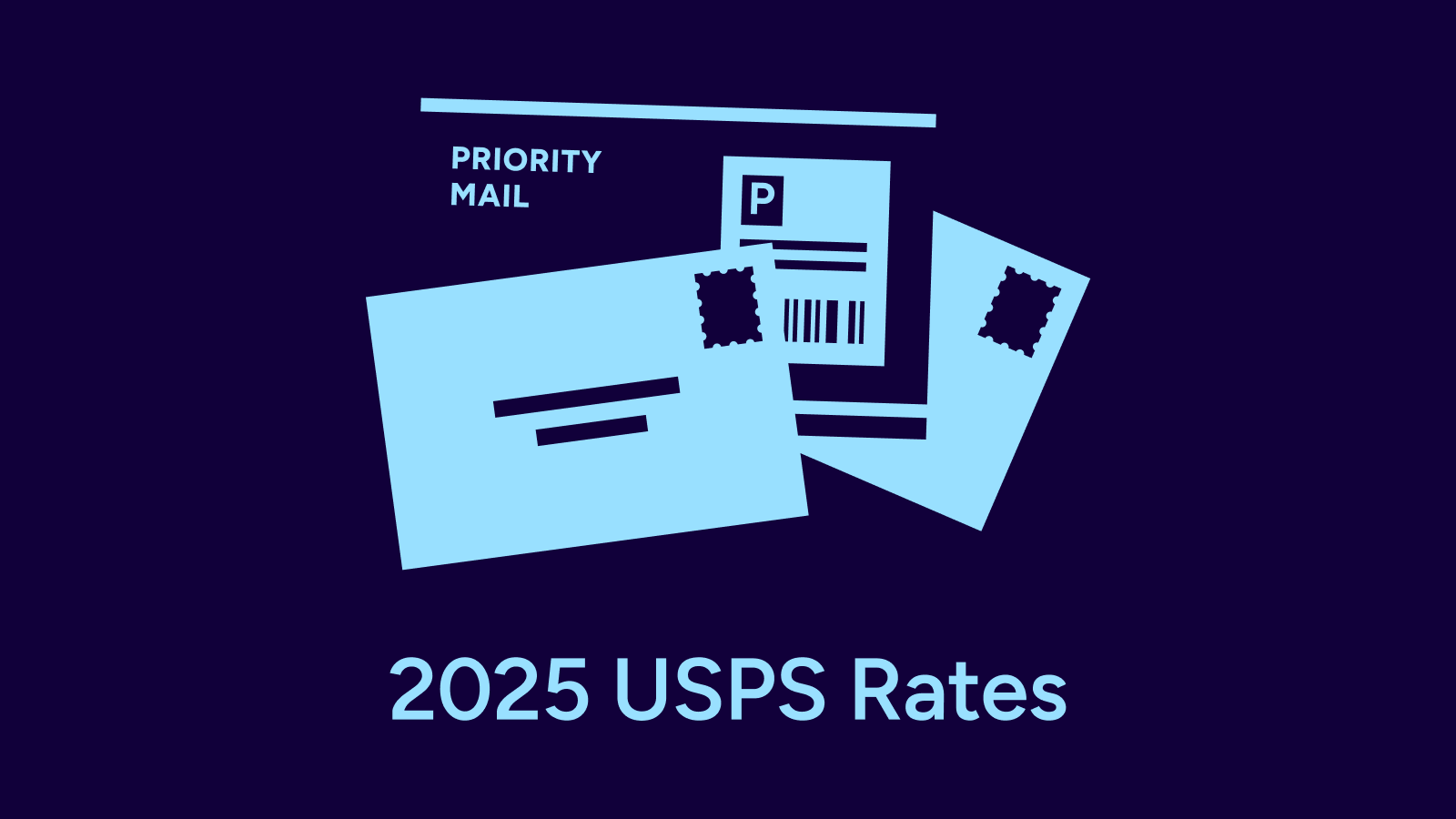How Many Stamps Do I Need?
Stamps are an essential piece in the world of mailing. Very rarely though do they offer much guidance outside of “peel here and stick there.” Stamps give no answers to important questions like: What impacts postage costs? How do you determine the right postage? Do stamps expire? And of course, how many stamps do you […]
2025 USPS Rate and Service Changes
Updated as of 1/20/25. The United States Postal Service (USPS®) adjusts postage rates at least once a year, and sometimes more frequently. These changes can have an impact on your mailing and shipping costs, that’s why we’re committed to keeping you informed so you can manage your expenses effectively. In this blog, we’ll break down […]
What Are Demand Surcharges and How Do They Affect My Mailing & Shipping Costs?
Have you noticed that your mailing and shipping costs change even when you’re sending the same package to the same place? One key reason for these fluctuations is something called demand surcharges. What are demand surcharges? Demand surcharges are extra fees that shipping carriers add during busy times when demand for shipping is high. These […]


